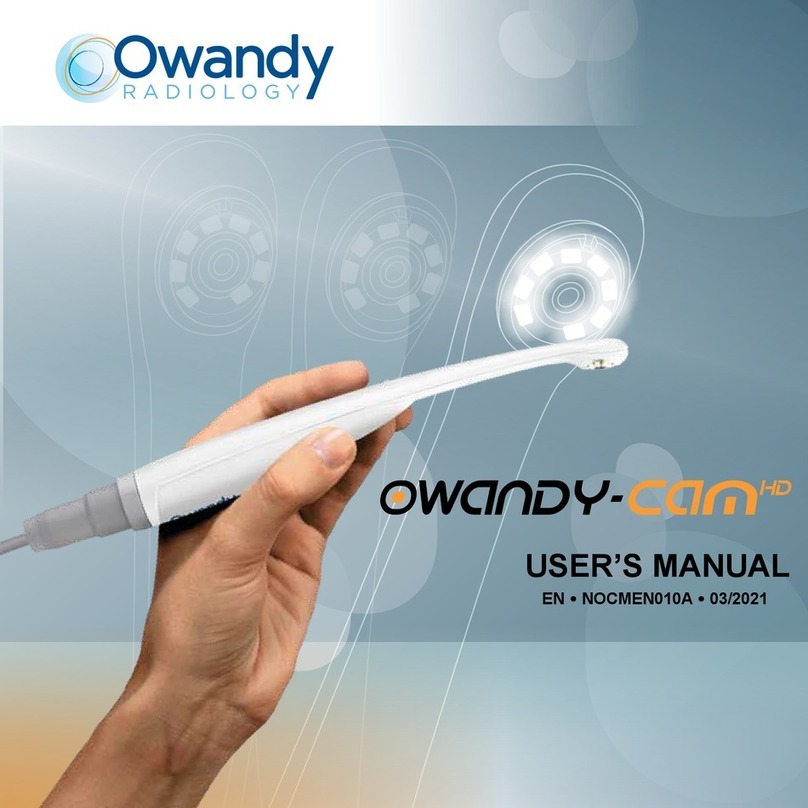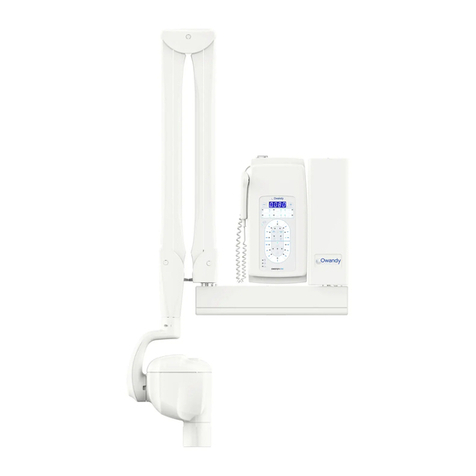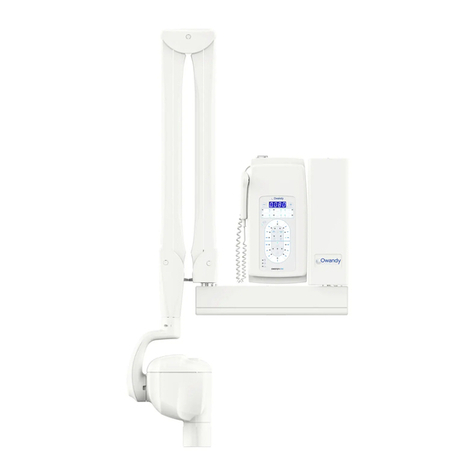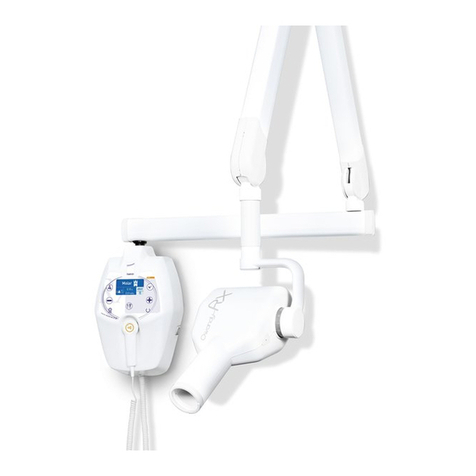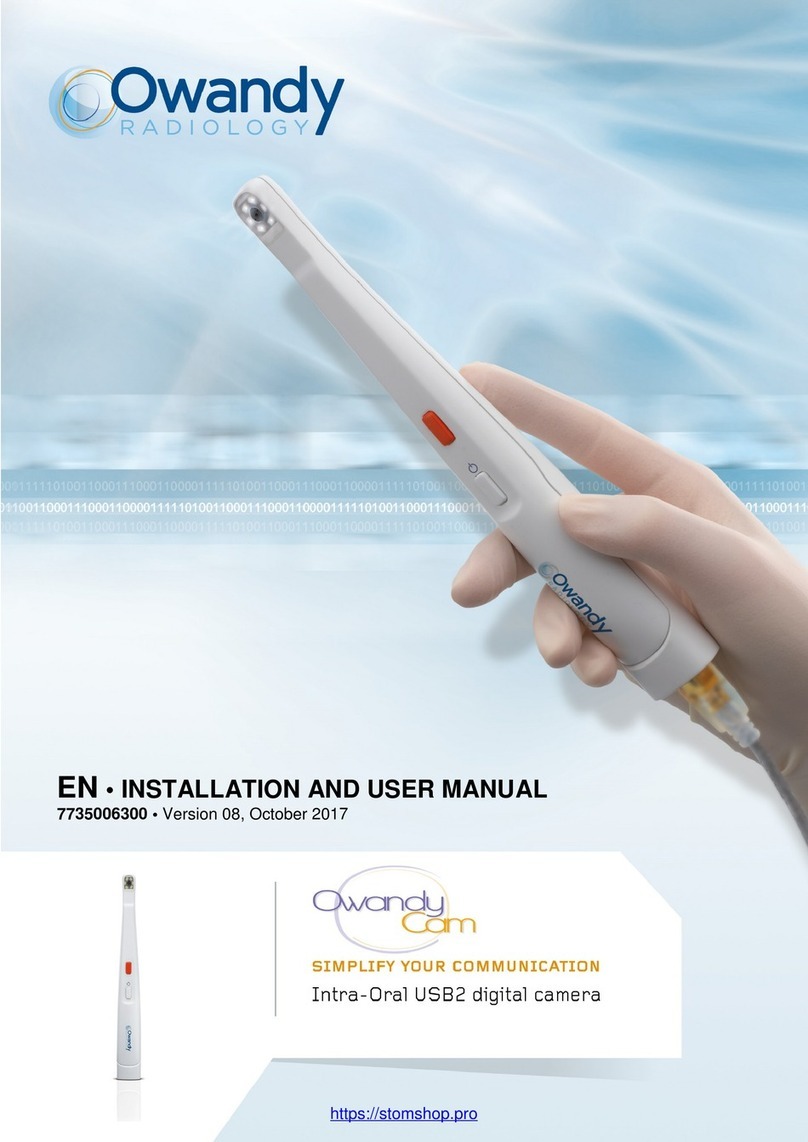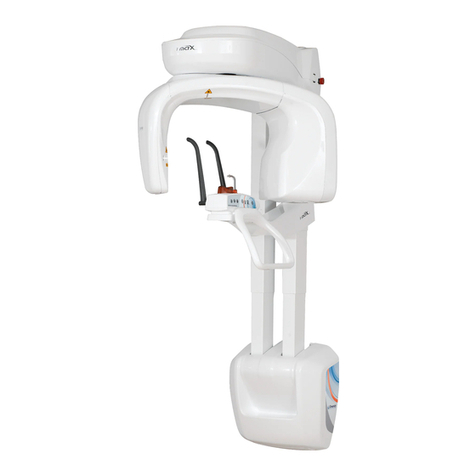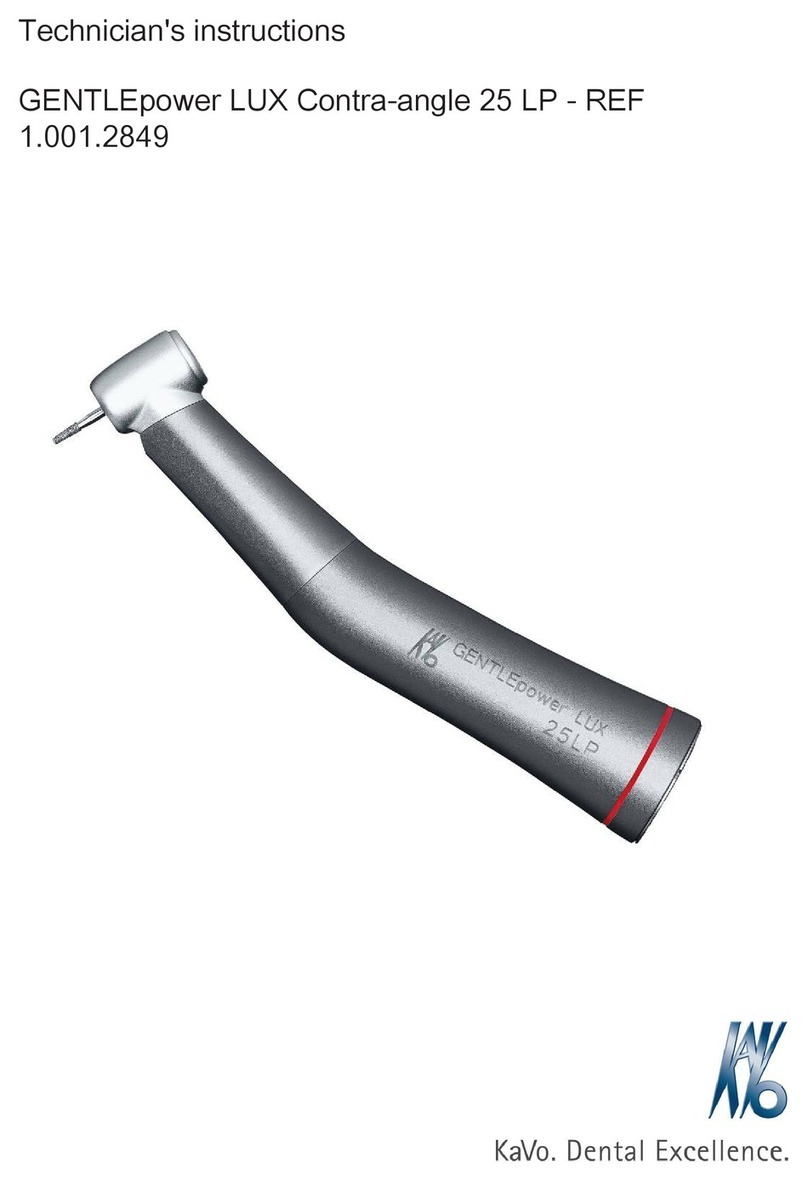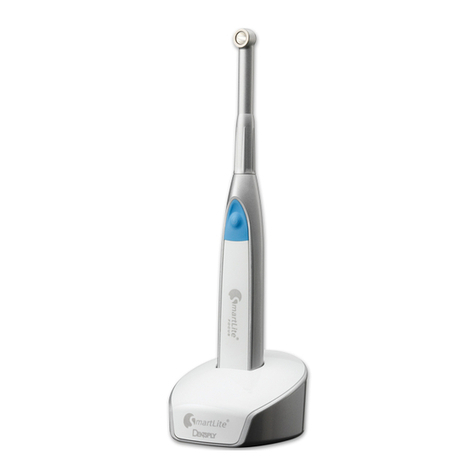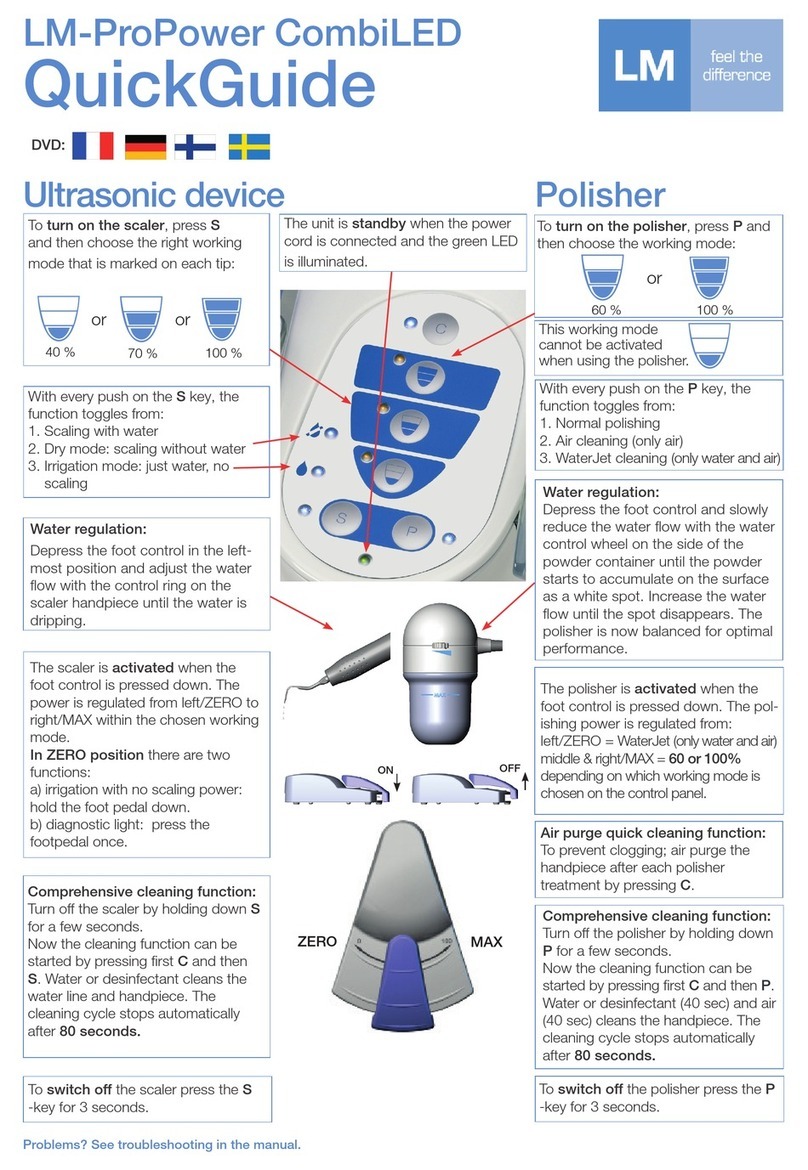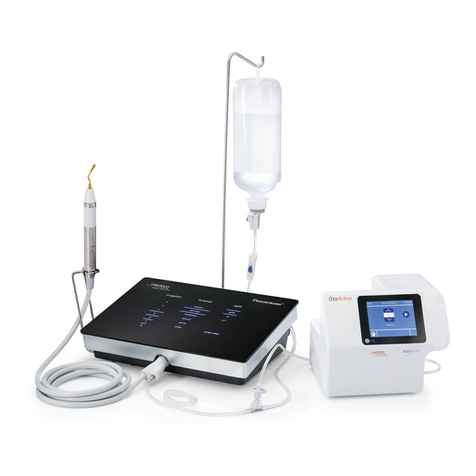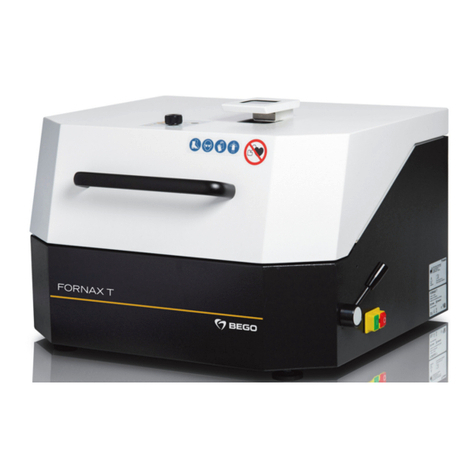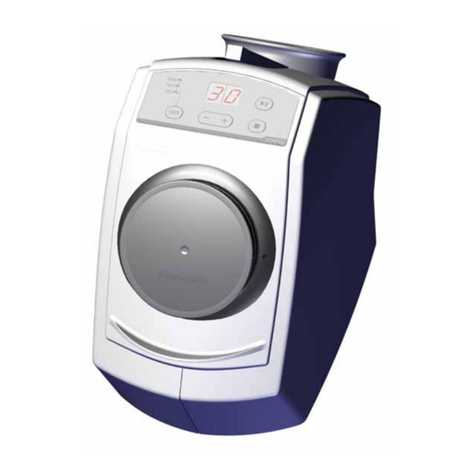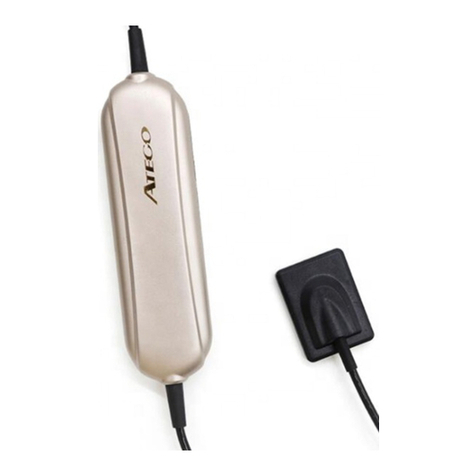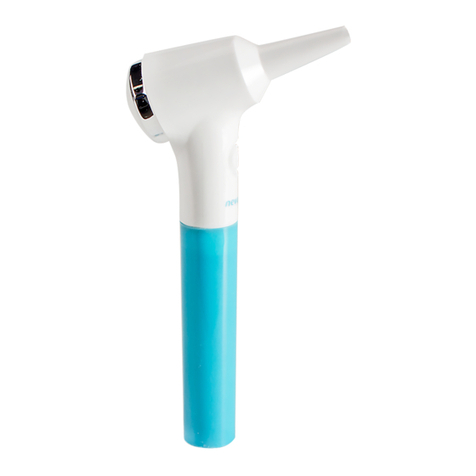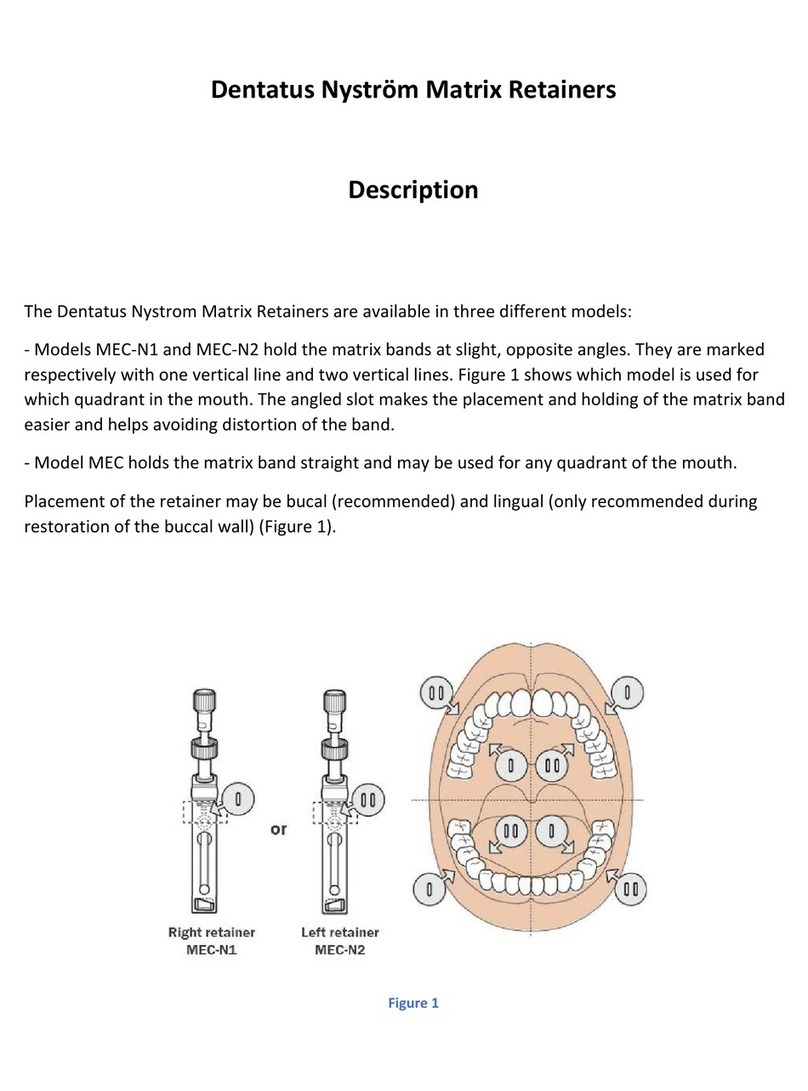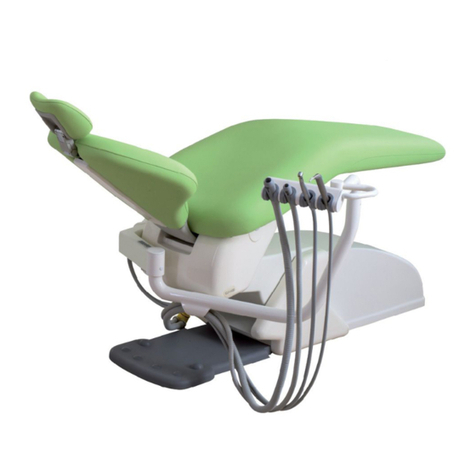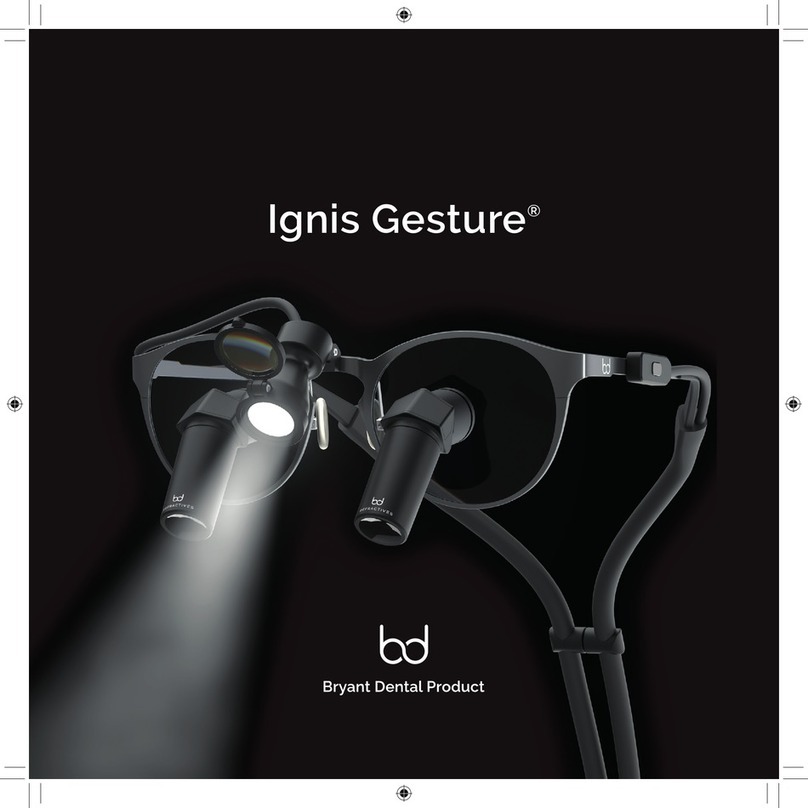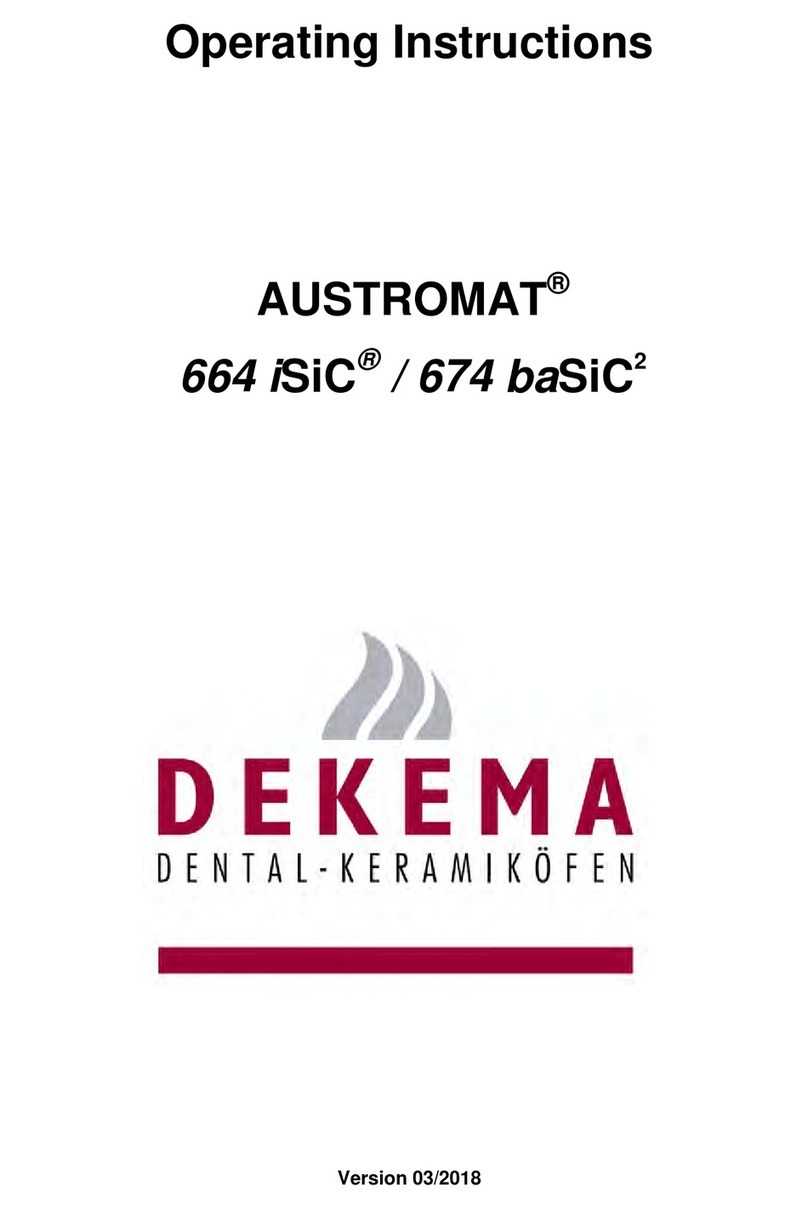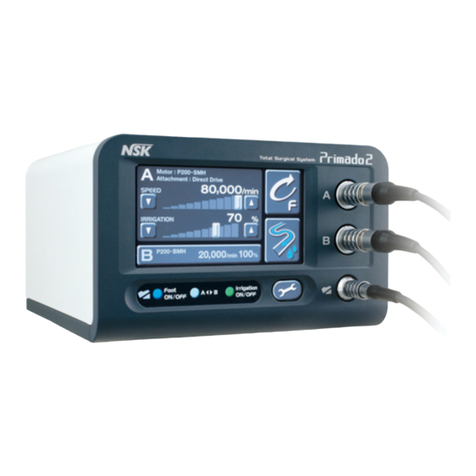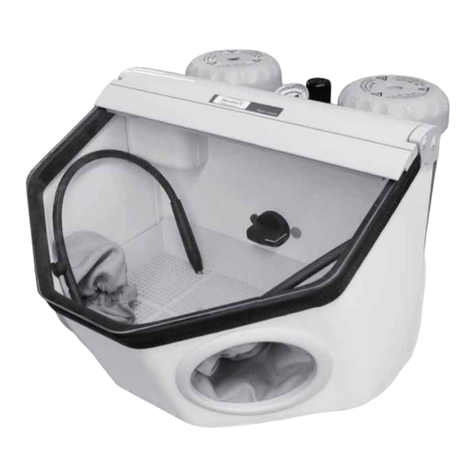
3
Contents
Labels and Symbols ...........................................4
EN/English......................................................... 9
Notice ............................................................. 9
Overview....................................................... 10
Safety information......................................... 12
Setting up the scanner ................................... 19
Getting started............................................... 22
Troubleshooting ............................................ 25
Regulatory information .................................. 26
Technical specification................................... 30
DA/Dansk ........................................................ 32
Meddelelse.................................................... 32
Oversigt over ................................................. 33
Sikkerhedsoplysninger................................... 35
Opsætning af scanneren ................................ 42
Kom godt i gang............................................. 46
Fejlfinding ..................................................... 49
Oplysninger om lovkrav ................................. 50
Tekniske specifikationer................................. 54
DE/Deutsch...................................................... 56
Achtung ........................................................ 56
Übersicht ...................................................... 57
Sicherheitsinformationen............................... 59
Einrichten des Scanners................................. 66
Erste Schritte................................................. 69
Fehlerbehebung ............................................ 73
Regulatorische Informationen ........................ 74
Technische Spezifikationen ............................ 78
ES/ Español ..................................................... 80
Aviso............................................................. 80
Descripción ................................................... 81
Información de seguridad .............................. 83
Configuración del escáner.............................. 90
Procedimientos iniciales ................................ 93
Solución de problemas .................................. 96
Información reglamentaria............................. 97
Especificaciones técnicas............................. 101
FR/Français ................................................... 103
Avis............................................................. 103
Aperçu ........................................................ 104
Informations de sécurité .............................. 106
Configuration du scanner..............................113
Mise en route................................................116
Dépannage.................................................. 120
Informations réglementaires ........................ 121
Spécifications techniques ............................ 125
IT/Italiano ......................................................127
Avviso ......................................................... 127
Panoramica ................................................. 128
Informazioni sulla sicurezza ......................... 130
Configurazione dello scanner ....................... 137
Informazioni preliminar ............................... 140
Risoluzione dei problemi ............................. 144
Informazioni sulle normative........................ 146
Specifiche tecniche...................................... 150
NL/Nederlands ...............................................152
Mededeling ................................................. 152
Overview..................................................... 153
Veiligheidsinformatie................................... 156
De scanner installeren.................................. 163
Aan de slag.................................................. 166
Problemen oplossen.................................... 169
Gereglementeerde informatie ...................... 170
Technische Specificaties .............................. 174
NO/Norsk .......................................................176
Merknad ..................................................... 176
Oversikt ...................................................... 177
Sikkerhetsindikasjon ................................... 179
Konfigurere skanneren................................. 186
Komme i gang ............................................. 189
Feilsøking ................................................... 192
Regulatorisk informasjon ............................. 193
Tekniske spesifikasjoner .............................. 197
SV/Svenska ....................................................199
Meddelande ................................................ 199
Översikt ...................................................... 200
Säkerhetsinformation .................................. 202
Konfigurera skannern .................................. 209
Komma i gång ............................................. 212
Felsökning .................................................. 215
Information om föreskrifter.......................... 216
Tekniska specifikationer .............................. 220
Contact Information .......................................222
